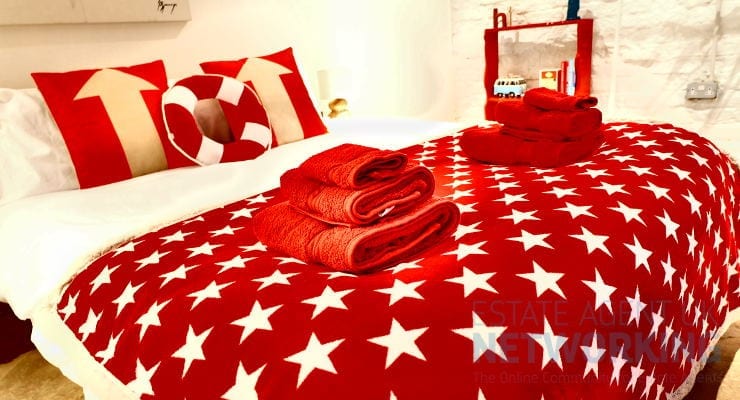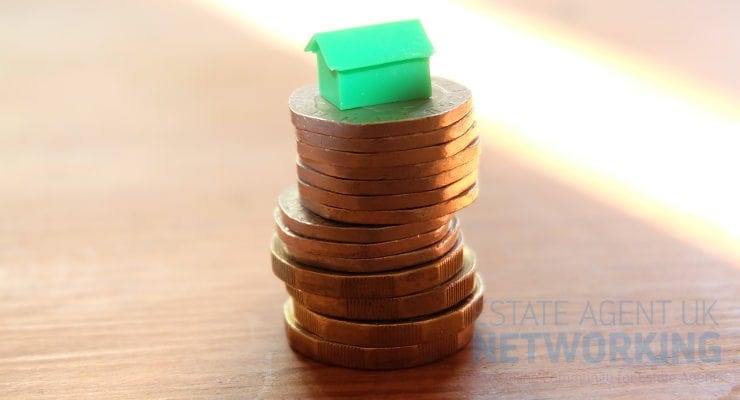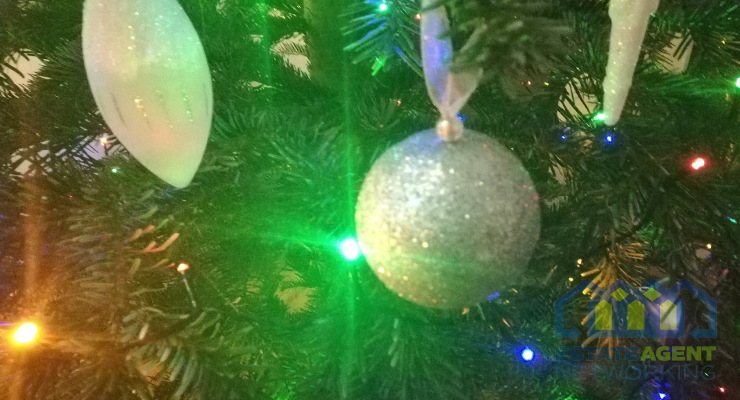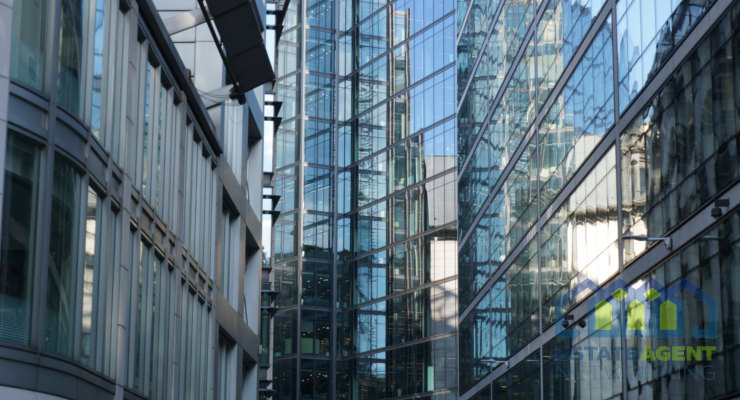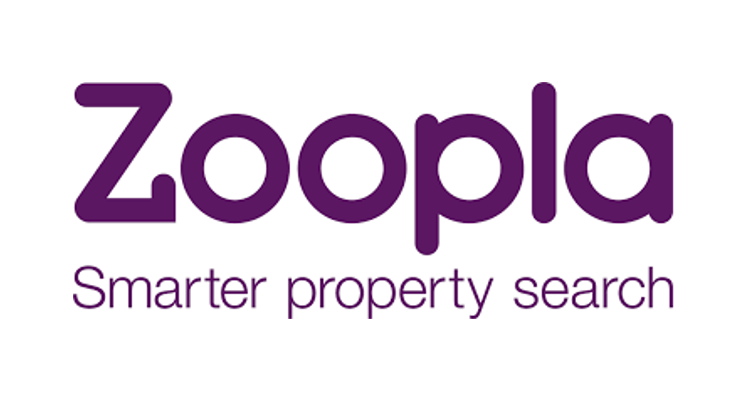Creating the Perfect Rental: Balancing Aesthetics, Functionality, and ROI
Let’s get this out of the way: “perfect” is doing a lot of heavy lifting in that title. Because, really, no rental is perfect. Not for everyone. Not forever. But if you’re aiming to create a rental that looks good, works well, and pays you back in more than just stress headaches? You’re in the right headspace.
Designing a rental comes down to this three-headed beast: aesthetics, functionality, and ROI (return on investment, for the acronym-averse). Stray too far toward any one side and the others wobble. Go full Pinterest-core and forget about maintenance? Congrats, you’ve built a money pit. Prioritize ROI so hard you ignore design?
Good luck getting tenants who stay longer than a semester. It’s all about balance.
Aesthetics Matter, But Not Too Much
You’ve probably seen those magazine-ready Airbnbs with velvet headboards, quirky art, and enough rattan furniture to start a small wicker empire. But here’s the thing: renters aren’t necessarily looking for a space that belongs on a design blog. They want something that feels nice. Clean. Cohesive. Not like six Craigslist couches from six different decades decided to hold a reunion.
Beyond visual aesthetics, temperature plays a vital role in setting the right atmosphere. Modern electric radiators with smart features allow homeowners to effortlessly control heat levels from a smartphone or programmed schedule, ensuring comfort without wasting energy. Their sleek designs and quiet performance make them ideal for maintaining a cosy, uninterrupted ambiance in any room.
A Zillow survey found that 78% of renters said a “well-maintained appearance” was one of the top reasons they chose a rental. Not “gorgeous,” not “bespoke,” but well-kept and thoughtfully presented. Translation: neutral tones, good lighting, modern fixtures that don’t scream “landlord special.”
Paint is cheap. So are updated cabinet handles and light fixtures. You don’t need to knock down walls to create a vibe. You just need to make sure the vibe says, “Hey, you can imagine living here without wanting to cry.”
Functionality: The MVP of Rentability
This is where some landlords get dreamy and start throwing in designer sinks and barn doors and other things that look cool but annoy people in real life. Remember: someone is going to live in this space. Not stage an indie photo shoot.
Ask yourself the basics:
- Does the storage situation make sense?
- Is there enough light where it matters (like the kitchen, not just over the art prints)?
- Are the appliances reliable or “quirky” (read: a lawsuit waiting to happen)?
Energy efficiency also falls under functionality. Swapping out old windows or upgrading to a smart thermostat isn’t sexy, but it is responsible. And renters are noticing. According to the National Multifamily Housing Council, nearly 70% of renters said they’d pay more for energy-efficient features.
This is also where property managers quietly shine. A good one will catch those little livability issues before they become full-blown “I’m breaking my lease” situations. Like when tenants mention the door always sticks or the outlet buzzes weirdly. A property manager who’s actually on top of things? That’s your early warning system.
ROI: The Reality Check
Honestly, you’re not doing this for fun. You’re hoping this place pays you back, with rent checks and long-term value. That’s where ROI slinks into the conversation, wearing its sensible shoes and asking about cap rates.
The key here is knowing when to spend and when to walk away slowly from the granite countertop aisle. Yes, upgrades matter. But not all of them deliver returns.
A 2023 report from Remodeling Magazine showed that midrange kitchen remodels recoup around 57% of their cost. Meanwhile, installing manufactured stone veneer (you know, those fancy fake stones outside) recoups over 90%. Surprised? Yeah, same. Sometimes the less glamorous stuff wins.
Also: think about who your renters are. Young professionals? They’ll care more about high-speed internet hookups and in-unit laundry than whether the tile came from Spain. Families? They’ll want space, storage, and a layout that doesn’t require performing gymnastics to get from the living room to the fridge.
This is where a property manager’s insight can be surprisingly useful. They know what features keep tenants renewing, and which ones are just expensive regrets wrapped in trendy packaging. That kind of knowledge is pure gold when you’re budgeting for improvements.
The Magic Middle
So how do you keep all three (aesthetics, functionality, ROI) happy without burning out or going broke?
Here’s the rough formula:
Aim for durability disguised as style. Vinyl plank flooring that looks like wood. Washable wall paint in inviting colors. Countertops that can handle a hot pan and a toddler with a marker.
Don’t personalize. This isn’t your dream home. It’s a stage. Leave room for renters to imagine their lives, not yours.
Think long-term. A cheaper fix that breaks down in two years costs more than a durable one that lasts ten.
And for what it’s worth, working with a competent property manager can save you from a thousand tiny headaches. They’re not miracle workers, but they do keep the chaos down to a manageable simmer. They handle the maintenance requests, the rent collection awkwardness, and the “what do I do with this angry email?” moments. You still call the shots, but now you’re doing it from a calmer place.
One Last Thing
You don’t have to get it perfect. Maybe you go overboard on a light fixture. Maybe you cheap out on blinds and regret it when they break five minutes after move-in.
That’s part of the process. Rentals aren’t static. They evolve. You learn what works by occasionally screwing it up. The key is to aim for balance, ask the right questions, and keep adapting. (And maybe… just maybe… listen to your property manager now and then.)



